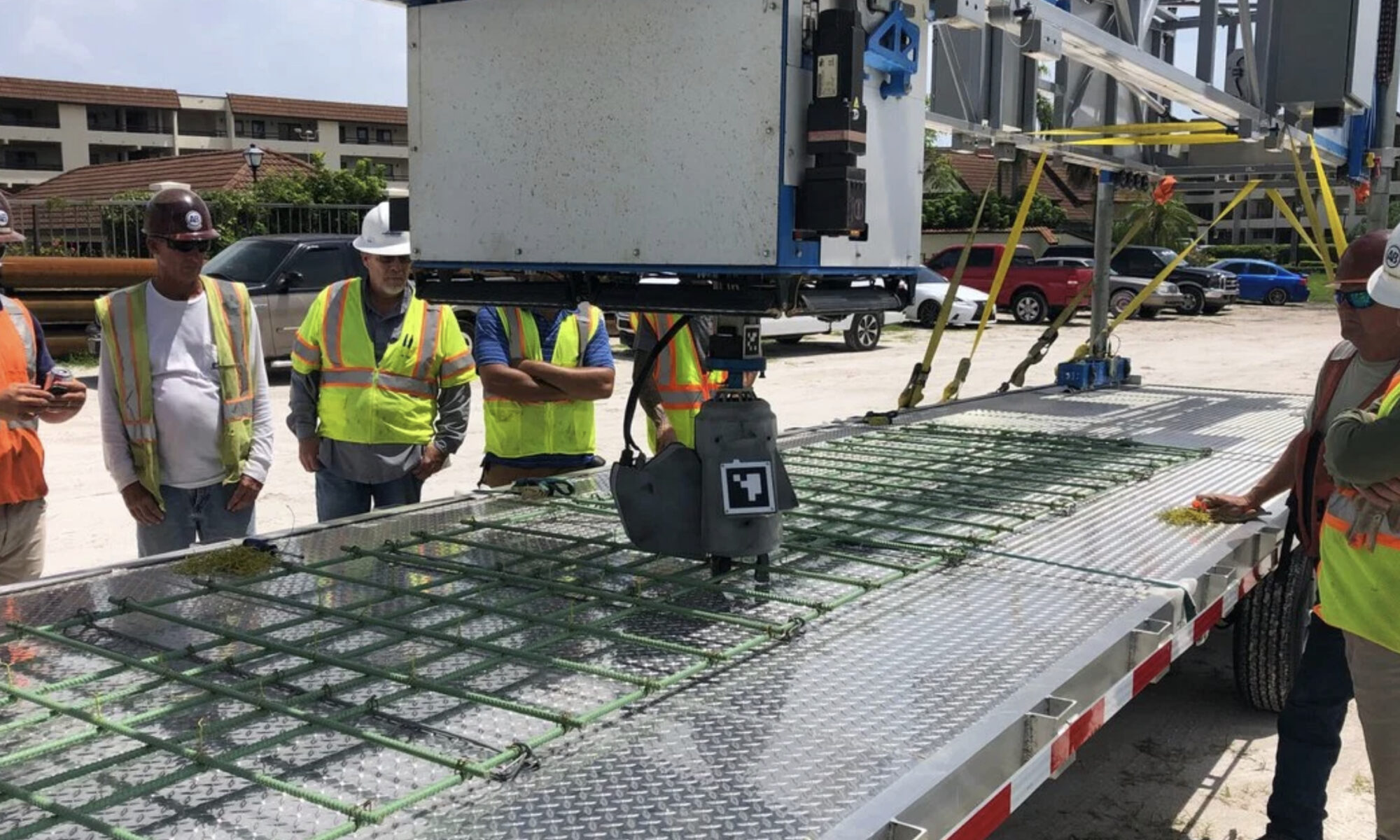By NERC: “WASHINGTON, D.C. – October is Cyber Security Awareness Month, which highlights some of the emerging challenges in the world of cybersecurity. NERC’s Electricity Information Sharing and Analysis Center (E-ISAC) is supporting the campaign as a Cyber Security Awareness Month champion. This year’s theme, “See Yourself in Cyber,” focuses on four primary best practices: enabling multi-factor authentication; using strong passwords and a password manager; updating software; and recognizing and reporting phishing.”
“This year’s campaign is very timely as evidenced by the recent spate of high-profile hacks that often start with credential theft,” said Manny Cancel, NERC’s senior vice president and CEO of the E-ISAC. “It demonstrates the importance of organizations having strong information technology protocols and procedures in place combined with a need for employee training and awareness. NERC and the E-ISAC support a month focused on raising awareness of cyber security, which coincides with our annual grid security conference GridSecCon, cohosted with ReliabilityFirst this year.”
“With rising cybersecurity threats to the United States energy infrastructure and the reliability of the bulk power system, the need for shared heightened vigilance cannot be underestimated. The E-ISAC continues to collaborate, coordinate and communicate with industry stakeholders and government partners to collectively enhance the cybersecurity posture of the North American grid. The E-ISAC encourages its members to practice good cyber hygiene and always maintain a Shields Up posture. Good practices across both information technology and operational technology networks include: applying security patches as soon as possible, maintaining strict access management, baselining systems, encouraging strong passwords and multi-factor authentication and sharing cyber incident information with the E-ISAC. And, finally, E-ISAC stakeholders who are not yet members are encouraged to join find out more information at www.eisac.com.”






